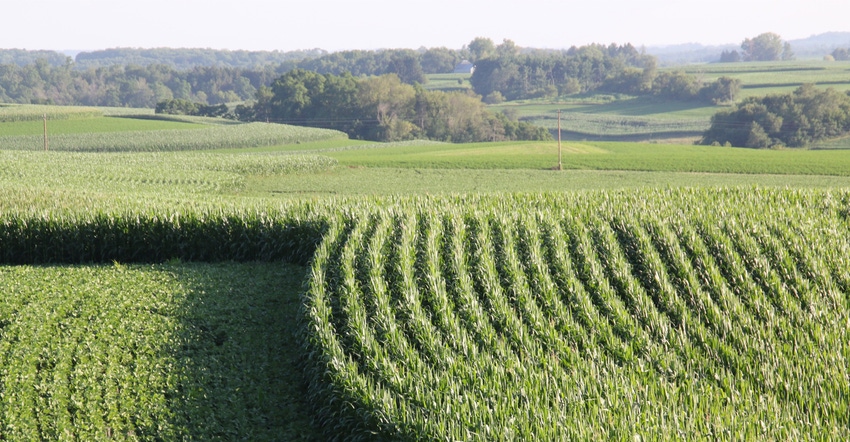January 1, 2021

When we’re in the midst of snow and colder temperatures, it’s hard to believe that in a few short months, fieldwork will start. Have you begun planning for your spring planting budget? As crop production input costs continue to rise, a well-thought-out budget with the ability to be flexible is an important step in growing a profitable crop.
Create crop budget
University of Wisconsin-Extension has a tool to help you create that budget: the Crop Budget Analyzer. The Crop Budget Analyzer is a set of spreadsheets that allow producers to enter in expenses and potential income. Starting from the top of the spreadsheet, a producer can enter in purchase costs for products such as fertilizer (price per ton) or seed (price per bag), and then enter in the amount used per acre. The spreadsheet will calculate the total direct production inputs for the crop using the following expenses: fertilizer, seed, miscellaneous (soil test, custom fertilizer spreading, crop scouting service), pest management (weed control, fungicide) and irrigation.
Tillage costs are included in the next section, using rates from the 2017 Wisconsin Custom Rate Guide, but they can be changed to reflect the rates an individual operation uses. The producer can choose type of tillage and also enter a number to indicate how many tillage passes are occurring.
The final expenses to finish out the total operating expense calculation include harvest costs such as combining (or mowing/baling if calculating for baled hay), drying, hauling and storage. Other costs included in this final section are crop insurance and land rent, if applicable.
After all the expenses are entered in the spreadsheet, the producer can enter the expected yield and expected income from the crop sold. While entering these numbers, a producer should keep in mind what a reasonable yield number for his or her operation is based on how a field has performed historically. Entering a price for the crop can be a little trickier due to changing markets; however, there is information out there such as current cash prices, forward contracts and future markets.
A benefit of going through the planning process ahead of time is that is allow you to account for a variety of different situations, such as the application of additional pesticide to combat a new pest or disease you had not accounted for. Maybe you are able to lower your expense column during harvesting by using a different custom operator. When you think about possible situations that may arise during the growing season, you will be better prepared to handle them if they occur.
Perhaps you have prepurchased items for this growing season already. This may have happened more than usual due to the government programs related to COVID-19 that producers were able to take advantage of in 2020. Even if seeds and fertilizer already have been purchased, the Crop Budget Analyzer can help you get the most efficient use out of these items.
Analyzer recently updated
While the analyzer has been around for a few years, it was updated this past April. This update was done to better reflect changes in inputs in crop production for corn, soybeans, alfalfa and small grains. The update included fertilizer, pesticide products and application, and custom rates (numbers for custom rates were taken from 2017 Wisconsin Custom Rate Guide).
The Crop Budget Anaylzer can be found here under the Field Crops section.
Schmidt is the Extension agriculture educator in Shawano County, Wis.
You May Also Like




